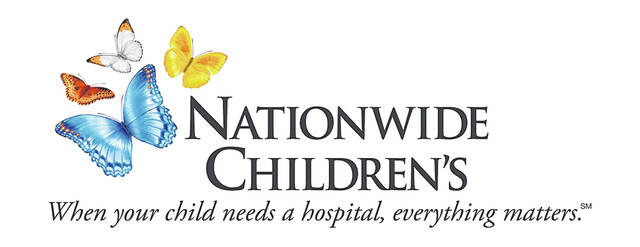
COLUMBUS, Ohio — A new study published recently by Ophthalmic Epidemiology and conducted by researchers at the Center for Injury Research and Policy and the Central Ohio Poison Center at Nationwide Children’s Hospital found that from 2000 through 2016 there were nearly 1.5 million calls to U.S. poison centers for eye exposures associated with pharmaceutical and non-pharmaceutical substances. This averages about 7,000 exposures per month or 10 exposures every hour. The annual frequency of eye exposures declined significantly (by 37 percent) from 2006 to 2016.
Most exposures were associated with non-pharmaceutical substances (84 percent) and occurred at a residence (85 percent) or workplace (8 percent). Household cleaning products (22 percent), cosmetics/personal care products (16 percent), and pesticides (7 percent) were the most common substance categories associated with exposures, but exposures to building and construction products (18 percent), industrial cleaners (15 percent), and chemicals (14 percent) resulted in higher percentages of moderate or major effects.
Adults (20 years or older) represented half of exposures (50 percent), followed by children younger than 6 (30 percent), children age 6-12 years (11 percent), and teens (8 percent). Young children (under 6 years) had the highest exposure rate (10.7 per 10,000), particularly 2-year-olds (20.5 per 10,000). Adults had the lowest exposure rate.
Among young children, more than half of the exposures were associated with common household items such as cleaning products (27 percent) and cosmetics/personal care products (26 percent).
“Young children are always exploring their environment,” said Henry Spiller, MS, D.ABAT, study author, and director of the Central Ohio Poison Center. “Kids aren’t able to recognize danger which is why it’s so important that parents put cleaning products like bleach and spray bottles, and personal care products like sunscreen, insect repellent, makeup, and perfume up, away, and out of sight and reach of curious kids.”
Poison control centers provide lots of information on how to keep children and adults safer and are there to answer questions in case of a suspected exposure. The Central Ohio Poison Center offers these tips for keeping children safer from eye exposure:
• Use child-resistant containers. Purchase cleaning products in child-resistant containers and keep all products that contain chemicals in their original containers. Be sure to turn nozzles to their locked position when they’re not in use, and close containers all the way before storing.
• Up, away, and out of sight. Store dangerous products safely: up, away, and out of sight – in a locked cabinet is best.
• Apply carefully. Be sure to carefully apply products like sunscreen and insect repellent on children’s faces so it does not get into their eyes. Remember, children may sweat, go swimming, or rub their eyes, all of which leave the potential for products to get into their eyes.
• Call poison control. If your child gets one of these products in his eye, or you have questions about a possible exposure, call the Poison Help Line: 1-800-222-1222. Save the national Poison Help Line number in your cellphone and post it near your home phones.
Data for this study were obtained from the National Poison Data System, which is maintained by the American Association of Poison Control Centers (AAPCC). The AAPCC receives data on calls to regional poison control centers that serve the US and its territories. Poison control centers receive phone calls through the Poison Help Line and document information about the product involved, route of exposure, individual exposed, exposure scenario, and other data.
The Center for Injury Research and Policy (CIRP) of The Research Institute at Nationwide Children’s Hospital works globally to reduce injury-related pediatric death and disabilities. With innovative research at its core, CIRP works to continually improve the scientific understanding of the epidemiology, biomechanics, prevention, acute treatment, and rehabilitation of injuries. CIRP serves as a pioneer by translating cutting edge injury research into education, policy, and advances in clinical care. For related injury prevention materials or to learn more about CIRP, visit www.injurycenter.org.
The Central Ohio Poison Center provides state-of-the-art poison prevention, assessment, and treatment to residents in 64 of Ohio’s 88 counties. The center services are available to the public, medical professionals, industry, and human service agencies. The Poison Center handles more than 42,000 poison exposure calls annually, and confidential, free emergency poisoning treatment advice is available 24/7. To learn more about the Poison Center, visit www.bepoisonsmart.org.


